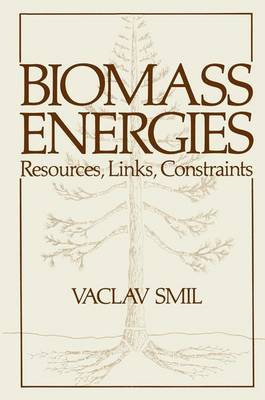tions is not possible without first putting the problem into a wider con- text. Consequently, before proceeding with detailed critical topical cov- erage of individual biomass energy sources, uses, and effects, I will extend this preface with a few pages of rather personal reflections (I will use the same device in closing the book: after providing concise topical summaries in Chapter 8, I will conclude with some essayistic musings on renewable energetics, plants, people, and a scientist's responsibility). Interest in biomass energies is just a part of a broader global trend toward renewable energetics, a trend which has evolved speedily after the crude oil price escalation started in 1973. Yet one must be reminded that for the rich countries fossil fuels are, and for a long period shall remain, the foundation of an affluent civilization, while throughout the poor world the reliance of most people on biomass energies for everyday subsistence has brought many damaging environmental and social ef- fects; that the reality of sharp price rises for crude oil (actually not so sharp once adjusted for inflation) should not be misconstrued as an "energy crisis"; that the rise of renew abies and the claims made on their behalf by countless enthusiasts look so much better on paper than in reality; and that the potential of biomass energies, an essential ingre- dient of renewable scenarios, has been judged more with proselytizing zeal than with critical detachment.
- ISBN13 9780306413124
- Publish Date 1 September 1983
- Publish Status Out of Print
- Publish Country US
- Publisher Springer Science+Business Media
- Imprint Kluwer Academic/Plenum Publishers
- Edition 1983 ed.
- Format Hardcover
- Pages 453
- Language English
